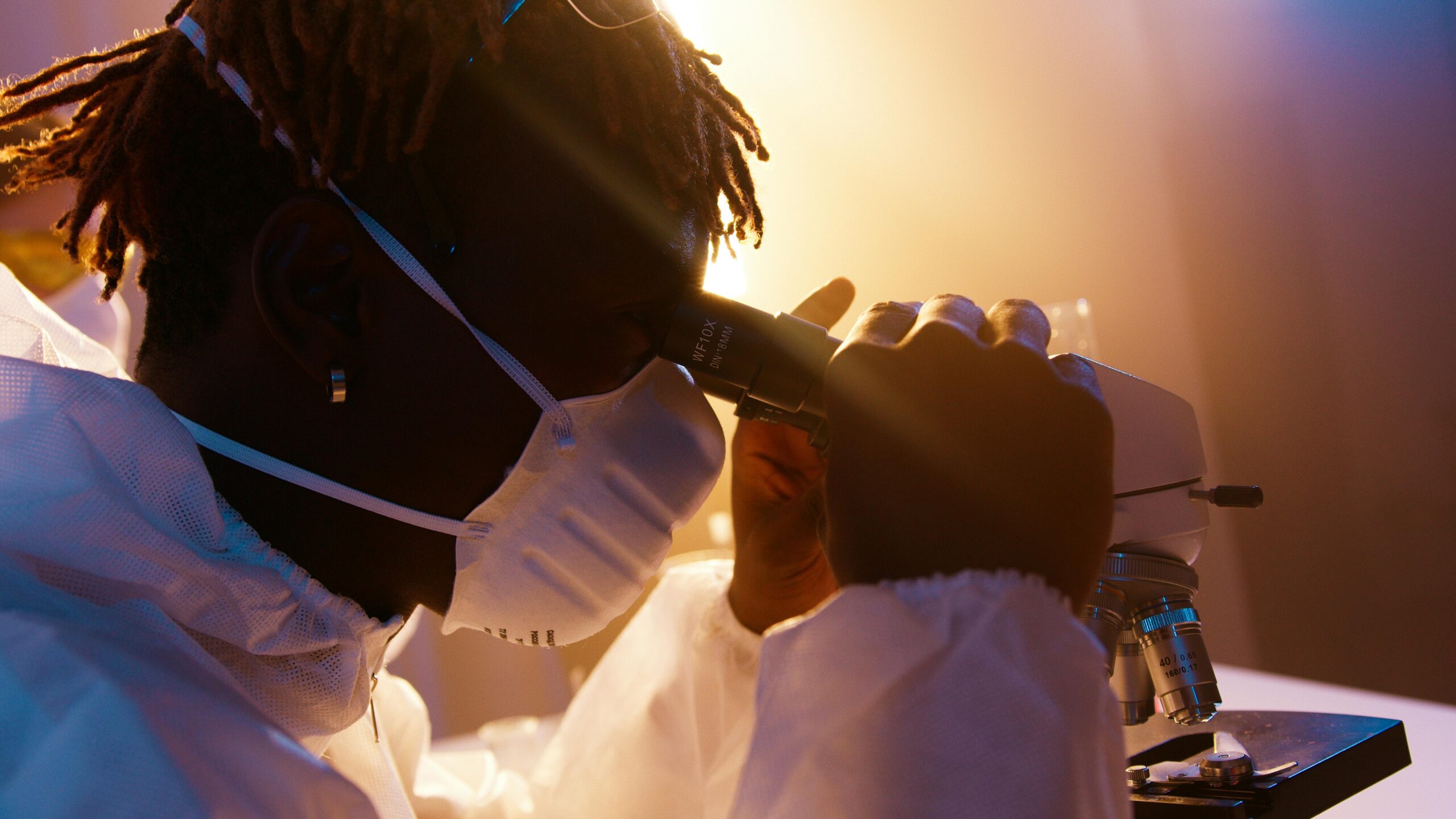Knowing your HIV status is one of the most important steps you can take to protect your health and the health of your loved ones. In Uganda, HIV testing is available at all levels of care, and it is the first step in getting treatment and living a full life with HIV.
You can ask your own question to a licensed healthcare provider here for free. It may take up to 7 days to get an answer. If you want a consultation in minutes, book now with Hope+ our premium and best health consultation service in Uganda.
HIV testing for adults and children above 18 months
If you are 18 months or older, HIV testing is done using a serological test. This is a simple blood test that checks for HIV antibodies in your body. Antibodies are substances your immune system produces when it tries to fight the virus.
However, if you were recently exposed to HIV (in the past 3 months), you may test negative even if the virus is already in your body. This is because your body may not have made enough antibodies yet. This is called the window period. If you test negative but had a risk (for example, unprotected sex or sharing sharp objects), it is important to go back and test again after 3 months.
When is HIV testing done?
HIV testing should be offered to all patients, at any time, in any health facility. This is called Provider Initiated Testing and Counselling (PITC). It means health workers are encouraged to offer you an HIV test during your visit, even if you came for something else.
Pre-test and post-test counselling, as well as your consent, are always needed before testing. But there are exceptions in some situations:
- Very sick, unconscious or mentally ill patients may be tested without formal consent if it helps their treatment.
- Pregnant and breastfeeding mothers, sexual offenders or survivors, and blood or organ donors may also be tested as part of routine care. These individuals should still be given a chance to know their results.
If someone tests positive, they should be linked immediately to HIV care services. Starting treatment early helps them stay healthy and prevents the virus from spreading.
HIV testing in children younger than 18 months
HIV testing for babies is different. Babies born to HIV-positive mothers may carry HIV antibodies from the mother for up to 18 months. This means a regular HIV test could show a false positive, even if the baby does not have HIV.
So instead, babies under 18 months are tested using a DNA-PCR test. This test checks for the actual virus in the baby’s blood.
Here is what happens depending on the mother’s HIV status:
If the mother is HIV-negative:
- The baby is assumed to be HIV-negative too. No further testing is needed unless there’s another reason to suspect HIV.
If the mother is HIV-positive:
- A DNA-PCR test is done when the baby is 6 weeks old, or earlier if needed.
- The baby is started on cotrimoxazole (an antibiotic that prevents infections) while waiting for test results.
- If the test is positive, the baby is enrolled in HIV treatment immediately.
- If the test is negative and the baby never breastfed, then the baby is HIV-negative. Cotrimoxazole is stopped.
- If the baby has breastfed, testing continues every 3 months, and another DNA-PCR test is done 6 weeks after stopping breastfeeding.
- A final HIV rapid test is done when the child reaches 18 months.
If the mother’s HIV status is not known:
- The mother is tested.
- If the mother is unavailable, the baby can be tested using an HIV rapid test:
- If the baby is negative, the mother is also likely negative.
- If the baby is positive, the mother is likely positive too, and the baby is followed up as if the mother is confirmed positive.
Other important HIV tests
Once someone is diagnosed with HIV, there are two key blood tests used to monitor their health:
1. CD4 test
- This measures the strength of your immune system.
- It checks the number of CD4 cells (a type of white blood cell that fights infection).
- It helps doctors know how well your body is coping with HIV and when to start or change treatment.
2. Viral Load test
- This measures the amount of HIV in your blood.
- It is used to see how well your treatment is working.
- A low viral load means the medicine is working and HIV is under control.
In Uganda, this test is usually done using a method called Dried Blood Spot (DBS), which makes testing easier even in remote areas.
Final word
HIV testing is not just about knowing your status. It is about taking charge of your life, starting treatment early, and protecting others. Whether you are an adult, pregnant mother, or bringing a child for care, testing is the first step toward better health.
Do not wait for symptoms. Visit a nearby health facility and ask for an HIV test today. It is free, confidential, and could save your life.


